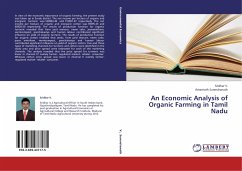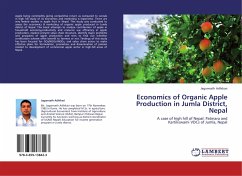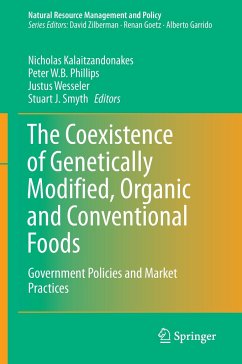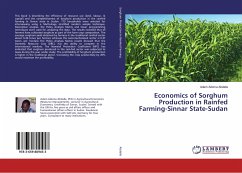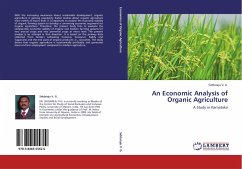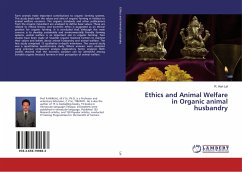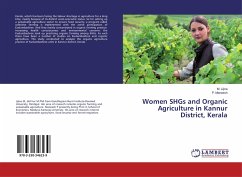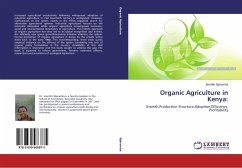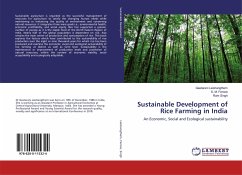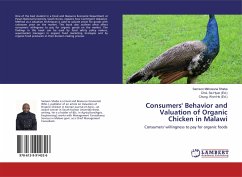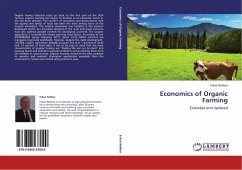
Economics of Organic Farming
Extended and Updated
Versandkostenfrei!
Versandfertig in 6-10 Tagen
52,99 €
inkl. MwSt.

PAYBACK Punkte
26 °P sammeln!
Despite having historical roots go back to the first part of the 20th century, organic farming has begun to develop as an economic sector in the last three decades. The concern of consumers and governments with the quality and safety of food has been the main driving force of the organic movement. The organic movement was initiated in the western developed world, but increased demand of the west and great concerns have also opened possible markets for developing countries. The organic agriculture is currently the fastest growing food sector. According to the IFOAM&F BLE survey (February 2011),...
Despite having historical roots go back to the first part of the 20th century, organic farming has begun to develop as an economic sector in the last three decades. The concern of consumers and governments with the quality and safety of food has been the main driving force of the organic movement. The organic movement was initiated in the western developed world, but increased demand of the west and great concerns have also opened possible markets for developing countries. The organic agriculture is currently the fastest growing food sector. According to the IFOAM&F BLE survey (February 2011), about 37.23 million hectares are managed organically worldwide. However, despite this rapid development, certified organic agriculture globally occupies less than 1 percent of lands and 1-2 percent of food sales. It has to be kept in mind that the main characteristics of organic farming are feeding the soil not to plant and keeping plants and animals in natural conditions and protecting them from the enemies in natural ways. Organic farming would be the best yardstick to monitor and evaluate alternative approaches especially from the environment, human and animal safety points of view.



